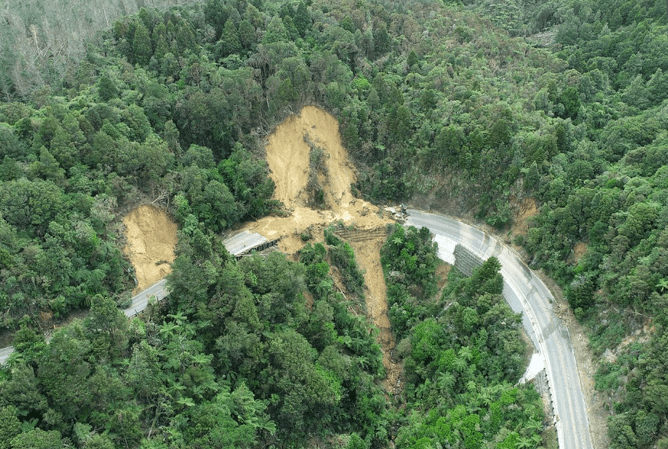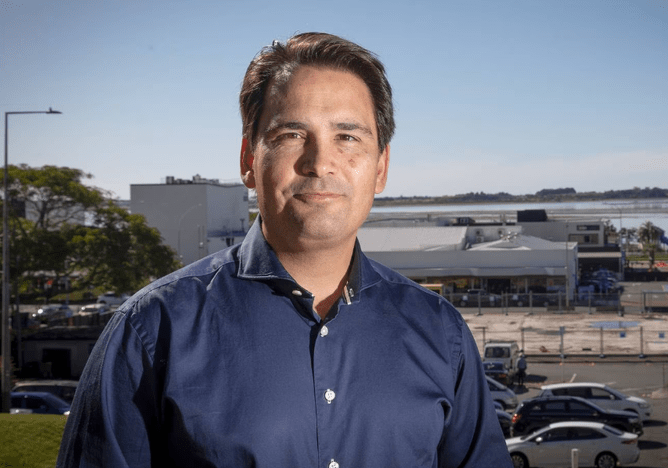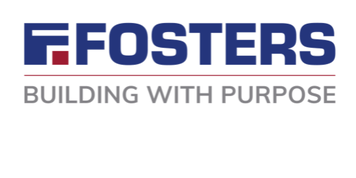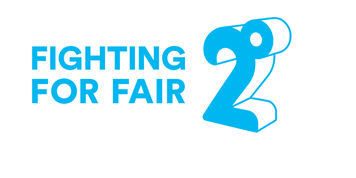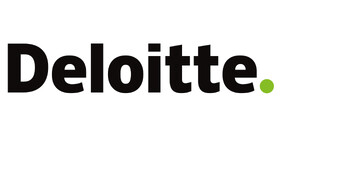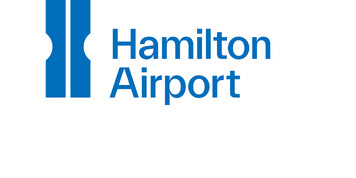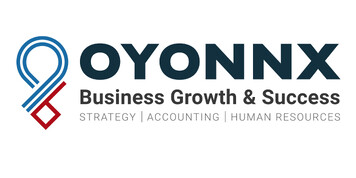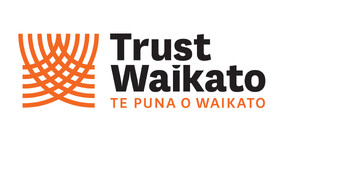Guest article by Simon Bridges, Auckland Business Chamber CEO
As we start to turn our minds to the long and very difficult rebuild effort following the terrible weather events of recent weeks, one of the most pressing questions is: how can we ensure that we are better prepared in the future?
Because the depressing consensus is, these events will be a more regular feature of our lives, and those of our children and grandchildren.
I’ve spent a lot of time discussing this question with colleagues in the Business Chamber network in the Upper North Island and, in every case, the answer is the same: we must start by massively improving our neglected state highway network.
What is clear is that the January deluge and then Cyclone Gabrielle were a blow that many of the highways that link up our regions – highways that function as social and economic lifelines – simply couldn’t withstand. And where those lifelines have been severed, the immediate response and the ongoing recovery are that much harder.
Just focusing on SH1 to Northland, it’s no coincidence that the Auckland to Puhoi section (which has been upgraded to a standard comparable with what you’d see overseas) held up well, while the likes of Dome Valley and the Brynderwyns (where upgrades are still a long way off) have been severely impacted.
Once we are on top of the immediate priority – restoring access to the hardest-hit regions – work must begin to make the entire network much more resilient. This will entail a massive programme of work to strengthen existing highways and the backup roads around them, as well as a sustained, large-scale investment in road maintenance.
Further, on the routes that carry large numbers of cars and trucks, and where demand is forecast to keep growing, it will mean a suite of new highways up to the standard of the Waikato Expressway. These connections don’t just improve resilience, of course, they deliver big benefits for economic growth and road safety.
This is, of course, no easy task. It’s not just the scale, complexity, and cost of the projects involved – it will require us to completely change the way we approach infrastructure decision-making.
As a country, we need to be far more long-term in our thinking, and far less cost-averse, than we have been until now. We must stop sacrificing tomorrow for today. That means being prepared to invest in assets that will provide resilience for 100 years and beyond, where it may be that the benefits only become apparent in the most extreme circumstances. It means understanding that, if you don’t spend the money upfront, it will end up costing much more in the long run.
Given the scale of the costs involved, we need to find new ways to pay for infrastructure. The pay-as-you-go model, where you only spend what you currently have in the bank (kind of like building a house, one room at a time) simply won’t cut it.
Now is the time to draw on our fiscal headroom, paying the additional debt back over longer periods. We also need to make greater use of private capital, to reduce the pressure on our relatively small tax-paying population.
At times we will have to ask those who benefit from new infrastructure to pay a little more, either in fuel tax or tolls or both. As well as generating revenue, strengthening the link between those who benefit and those who pay will drive greater discipline and accountability in infrastructure decision-making.
First and foremost, we need a strategy – one that identifies what highway investment is needed, where and when, and that can secure bi-partisan support. The strategy must set out the case in economic, social, and road safety terms, and demonstrate that it is an investment we cannot afford not to make.
- Simon Bridges is CEO of the Auckland Business Chamber and Chair of the Auckland Business Forum, a policy and advocacy organisation focused on Upper North Island infrastructure issues.

